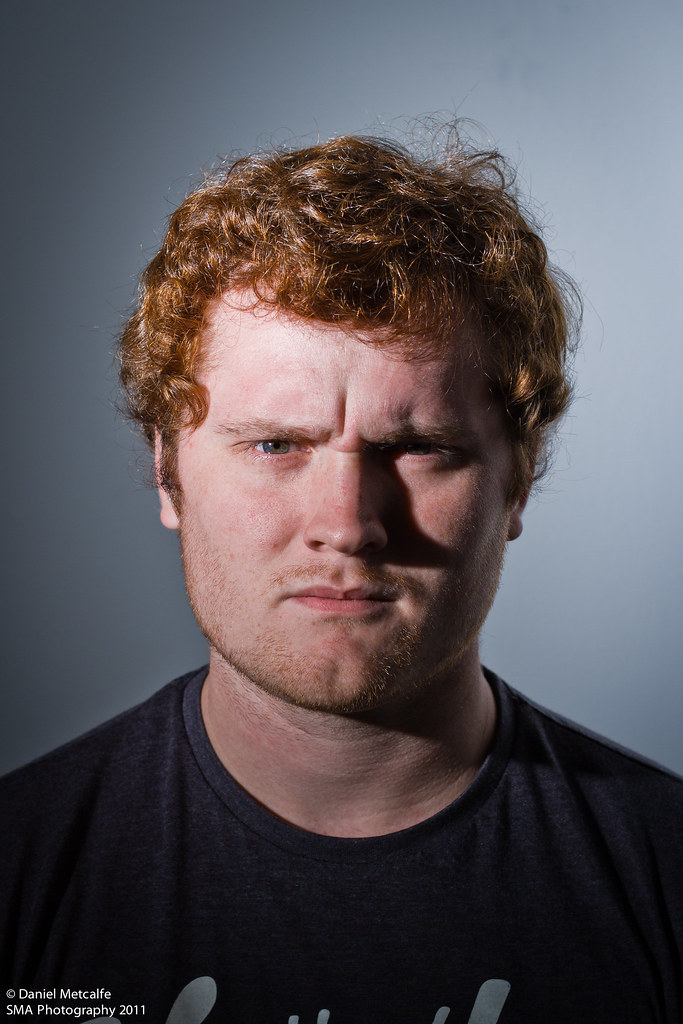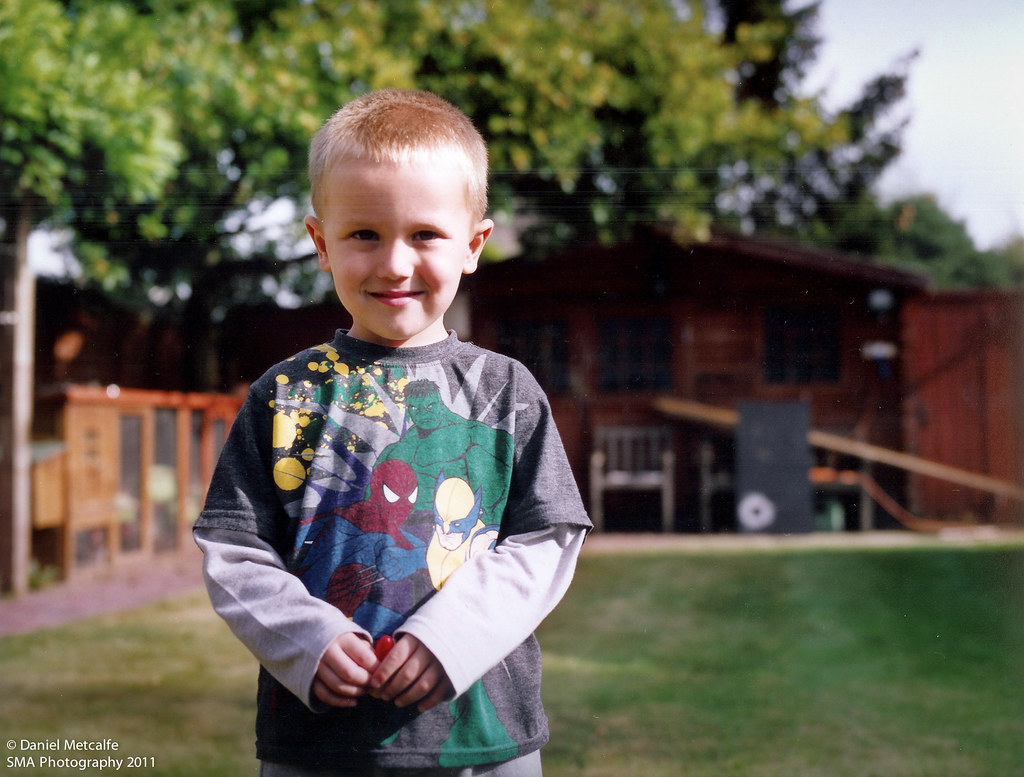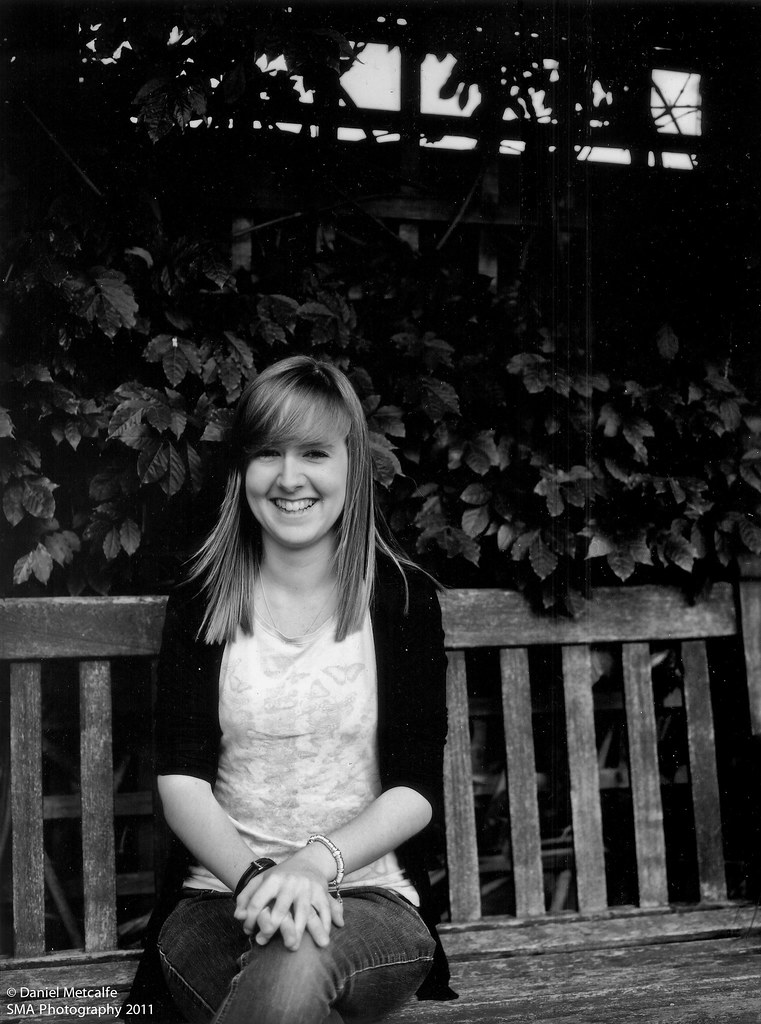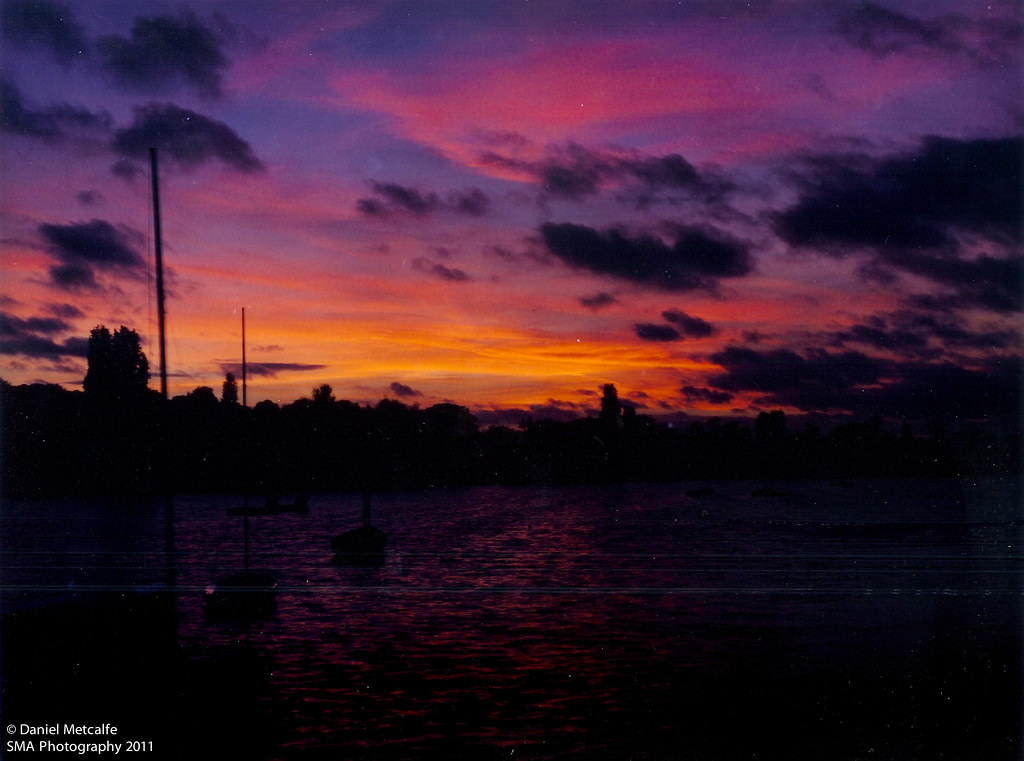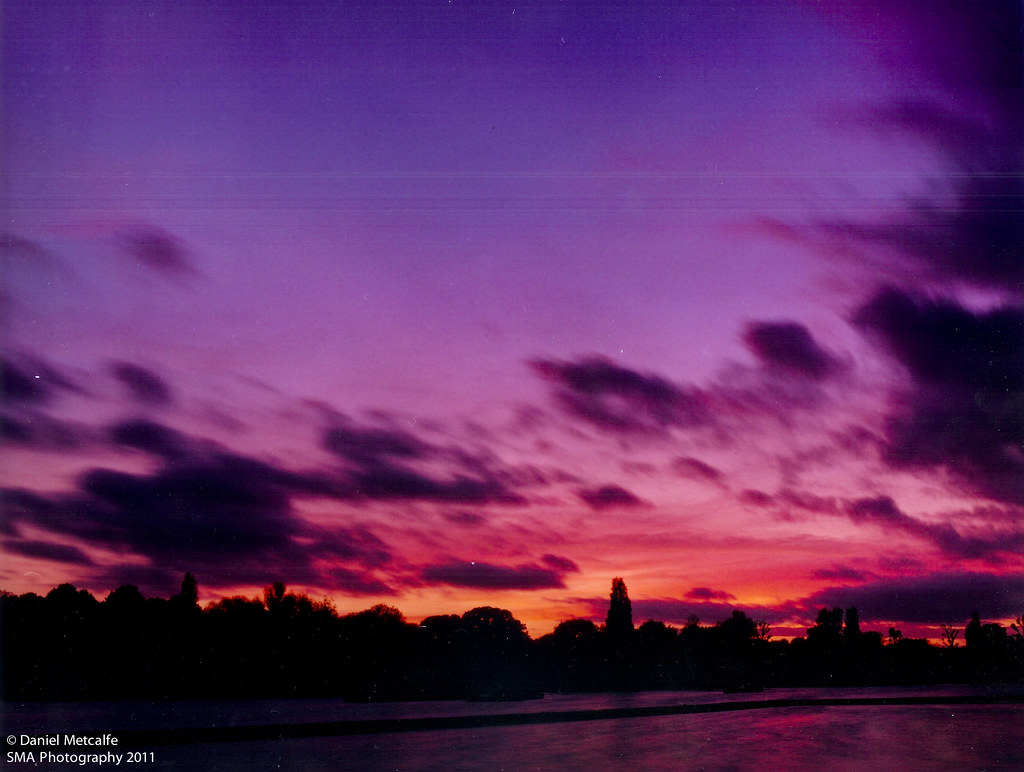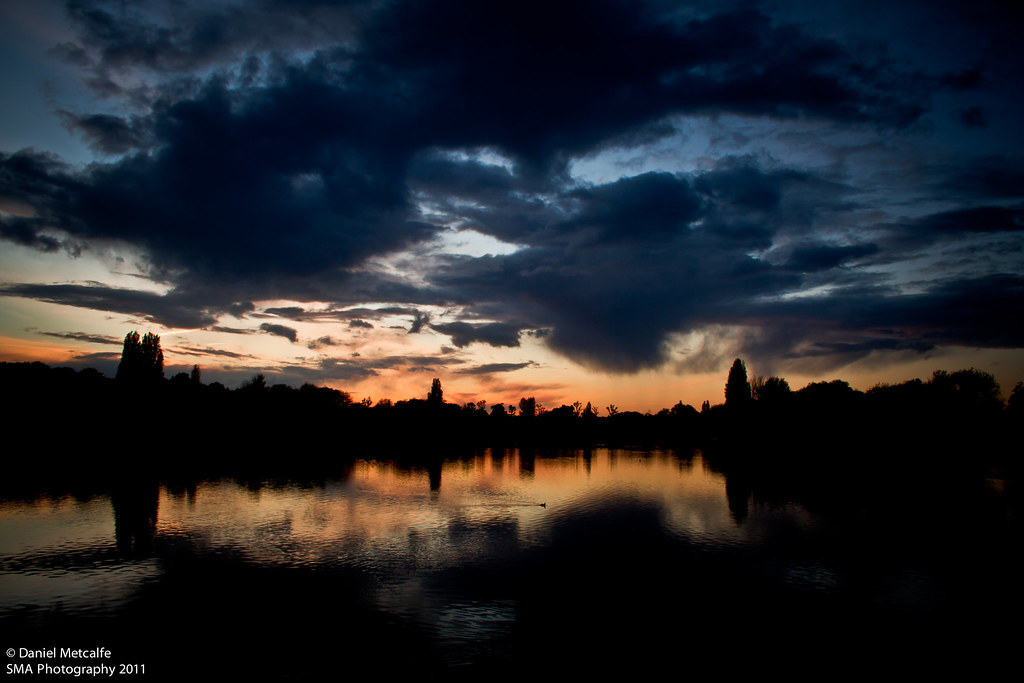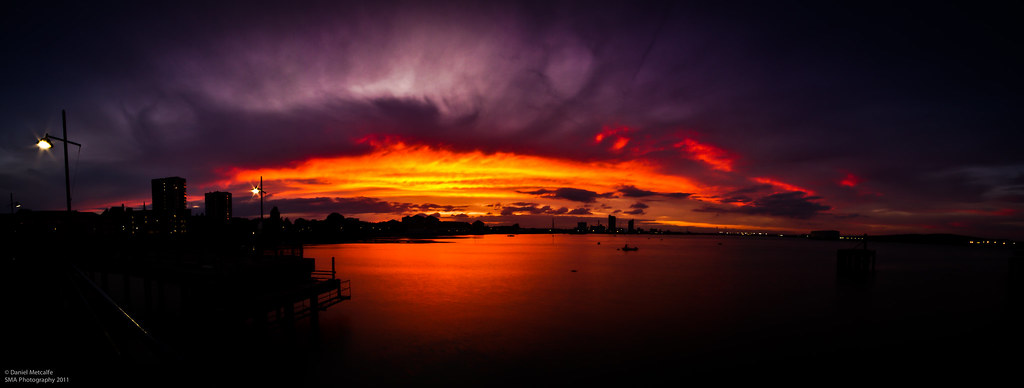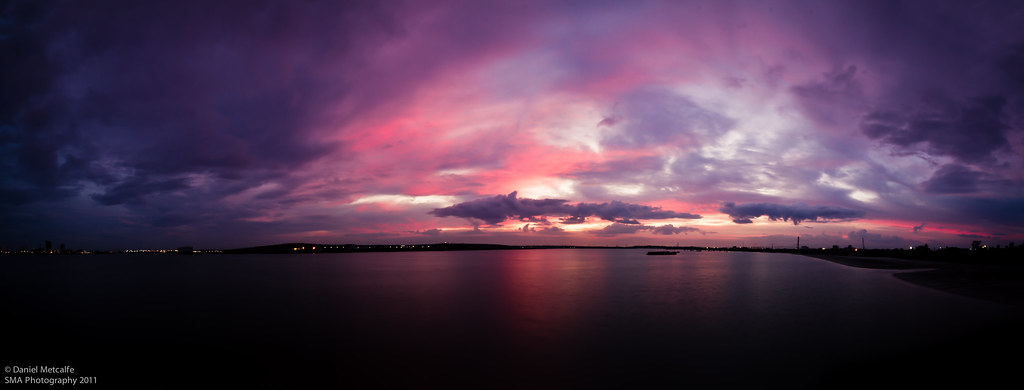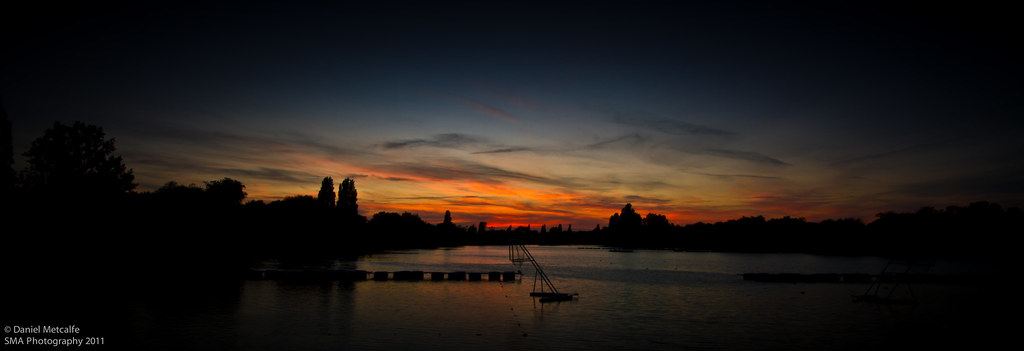This is one of the two almost identical shots that resulted from my object shoot, with the theme of "Lost Love".
This was my first real attempt at shooting the objects to fit the theme, and I was particularly unhappy with the results. I intended to create a dark, mysterious and overall sad setting, using soft light with plenty of shadows. In this photograph however, despite featuring a lot of shadow, the objects within the scene are too bright, and not nearly mysterious enough.
The objects in the picture represent my chosen theme quite well I think, the meaning of the objects is that of possessions, reminding of relationships, and 'lost loves'.
For example, the block of glass containing the Eiffel Tower was a souvenir from a romantic trip to paris, the pendant; a gift returned at the end of a relationship and the burnt & torn photographs; a hint at attempts to banish the past from memory by destroying/purging the photographs of the people's faces.
The biggest and most important symbol within this photograph is that of the wilted rose.
Roses have always had a strong symbolic meaning, with red roses being representative of love. This red rose is wilted - it has died, and this is a very strong representation that love itself has died too.
I decided I wanted to use a wilted rose after seeing various photographs of dead roses taken by a photographer named Gấu December. I found her whilst browsing through the newest uploads section on the website flickr.com. I was struck by her ability to render such usually beautiful and prefect flowers as imperfect and impure.
The photographs she has created differ to my idea in that they feature little to no shadow, yet I still felt greatly influenced by them enough to want to refer to them when trying to figure out how I was going to set up my shoot and decide upon what I wanted to include in the shot.
I would like to reshoot if possible, but due to studio availability and time constraints, it may not be an option, if I re-shot the still life, I would perhaps try and get closer to the subject for a more macro type photograph, as I think that the picture I have is lacking in a bit of depth and detail. I would also perhaps not use a black cloth as a base for the objects as it makes the scene a little confusing in terms of depth and understanding of what is happening within the scene. A white surface would make it easier, without ruining the overall mood of the scene, because there would still be a black backdrop present.






